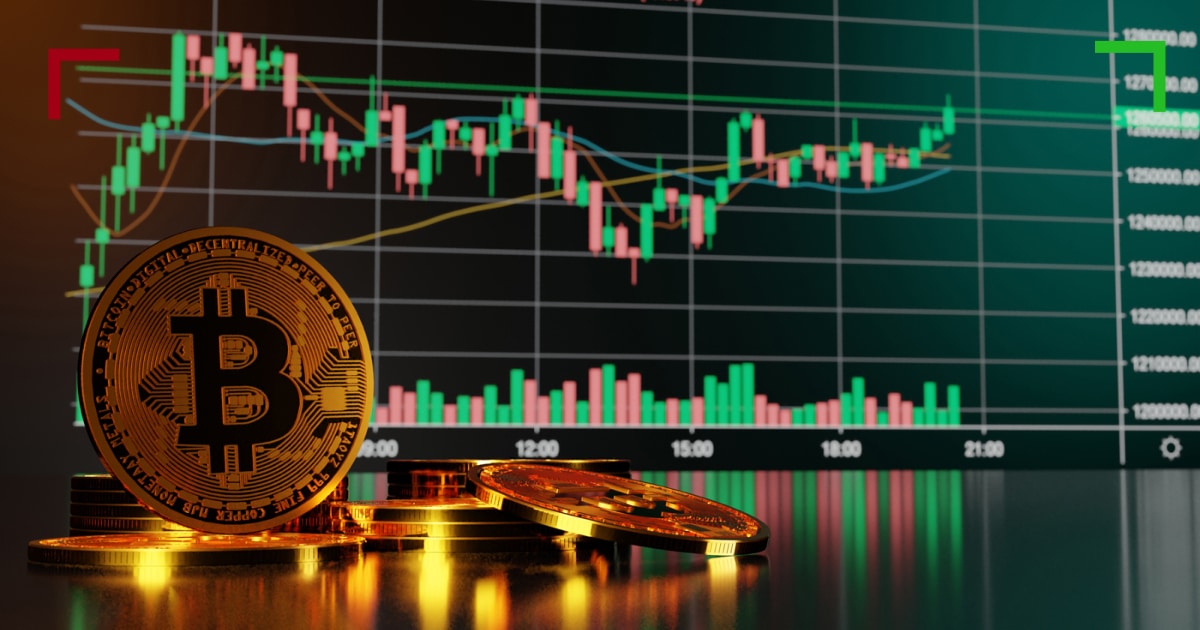
Understanding Crypto Trading High-Frequency: Strategies and Tools
In the fast-evolving world of cryptocurrency, high-frequency trading (HFT) has emerged as a significant strategy among traders. This article aims to demystify HFT in the context of crypto trading and will provide insights into strategies, tools, and the challenges traders face in this high-speed environment. Crypto Trading High-Frequency click here for additional resources on trading and investment.
High-frequency trading is characterized by the rapid execution of a large number of orders within microseconds or milliseconds. Traders using this strategy leverage algorithms and advanced technology to capitalize on tiny price discrepancies in the market. Given the volatile nature of cryptocurrency markets, the potential for profit—and loss—can be considerably high.
The Rise of High-Frequency Trading in Crypto Markets
The origins of high-frequency trading can be traced back to traditional stock markets, where firms began using algorithms to execute trades at speeds unimaginable for human traders. The introduction of cryptocurrencies has further propelled this trend as traders seek to exploit the inherent volatility and inefficiencies in crypto markets.
In recent years, the crypto market has seen phenomenal growth, and with that growth has come increased participation from institutional investors. These players often utilize high-frequency trading strategies to manage large volumes of transactions efficiently. As a result, HFT has established itself as a critical component in the infrastructure of crypto trading.
Core Strategies in High-Frequency Crypto Trading
The implementation of high-frequency strategies in crypto trading often involves several key approaches:
- Market Making: Market makers provide liquidity to the cryptocurrency market by placing buy and sell limit orders. They profit from the bid-ask spread, which can be substantial during periods of high volatility.
- Arbitrage: This strategy exploits price differences across various exchanges. For example, if Bitcoin is trading at $60,000 on Exchange A and $60,500 on Exchange B, a trader could buy on Exchange A and sell on Exchange B to capture the difference.
- Trend Following: Using algorithms, traders identify and follow market trends. If data indicates a price surge, high-frequency traders can quickly enter positions before the momentum shifts.
- Statistical Arbitrage: This approach uses advanced statistical models to identify correlations between different cryptocurrencies or assets. Traders execute trades based on these statistical relationships, anticipating how they will revert to their mean over time.

Technology and Tools For HFT
The backbone of high-frequency trading is technology. Traders must invest in hardware and software capable of executing trades at lightning speed. Here are some key components:
- Low-Latency Networks: Speed is crucial in HFT. Low-latency networks provide the fastest connection to exchanges, allowing traders to execute orders before others can react.
- Algorithmic Trading Software: This software automates the trading process, enabling high-frequency traders to deploy their strategies without constant manual oversight. Common programming languages for creating HFT algorithms include Python, C++, and R.
- Direct Market Access (DMA): Using DMA enables traders to bypass traditional brokerage firms and connect directly to cryptocurrency exchanges. This results in faster trade execution and lower transaction costs.
- Data Analysis Tools: High-frequency trading relies heavily on data. Traders utilize advanced analytics and machine learning techniques to inform their strategies based on historical and real-time data.
The Challenges of High-Frequency Trading in Cryptocurrencies
While high-frequency trading can be lucrative, it comes with its own set of challenges:
- Market Volatility: The cryptocurrency market is notoriously volatile. While this volatility can present opportunities, it can also result in significant losses, especially if trades are not executed with precision.
- Liquidity Issues: Some cryptocurrencies lack sufficient liquidity, making it difficult to execute large orders without impacting the price. This can pose significant risks for high-frequency traders who often rely on executing vast volumes of trades.
- Regulatory Uncertainty: The rapid evolution of the cryptocurrency landscape has resulted in a murky regulatory environment. High-frequency traders must stay informed of regulatory changes, as these can impact trading strategies and operational risk.
- Technological Risks: With HFT, technology is both an asset and a potential liability. System failures, software bugs, or data inaccuracies can lead to substantial losses.
Future Outlook for High-Frequency Trading in Crypto
The future of high-frequency trading in the cryptocurrency space is still unfolding. With the continued growth of decentralized finance (DeFi), the introduction of new blockchain technologies, and the emergence of digital assets, the landscape is set to evolve dramatically.
As more institutional players enter the market, the demand for HFT services will likely increase. Moreover, innovations in technology, such as quantum computing, could redefine how trading strategies are formulated and executed. However, with these advancements will come challenges, emphasizing the importance of regulatory compliance, ethics, and risk management in high-frequency trading practices.
Conclusion
High-frequency trading in the cryptocurrency market represents a complex yet fascinating intersection of technology, finance, and strategy. While the potential for profit is immense, so too are the risks involved. By equipping themselves with the right tools, strategies, and knowledge, traders can navigate this fast-paced environment and make informed decisions that align with their trading objectives.
As this field continues to evolve, staying updated on market trends, technological advancements, and regulatory changes will be vital for anyone looking to succeed in high-frequency crypto trading. Whether you are an experienced trader or just starting, understanding the dynamics of high-frequency trading will empower you to navigate the complexities of the crypto market effectively.

